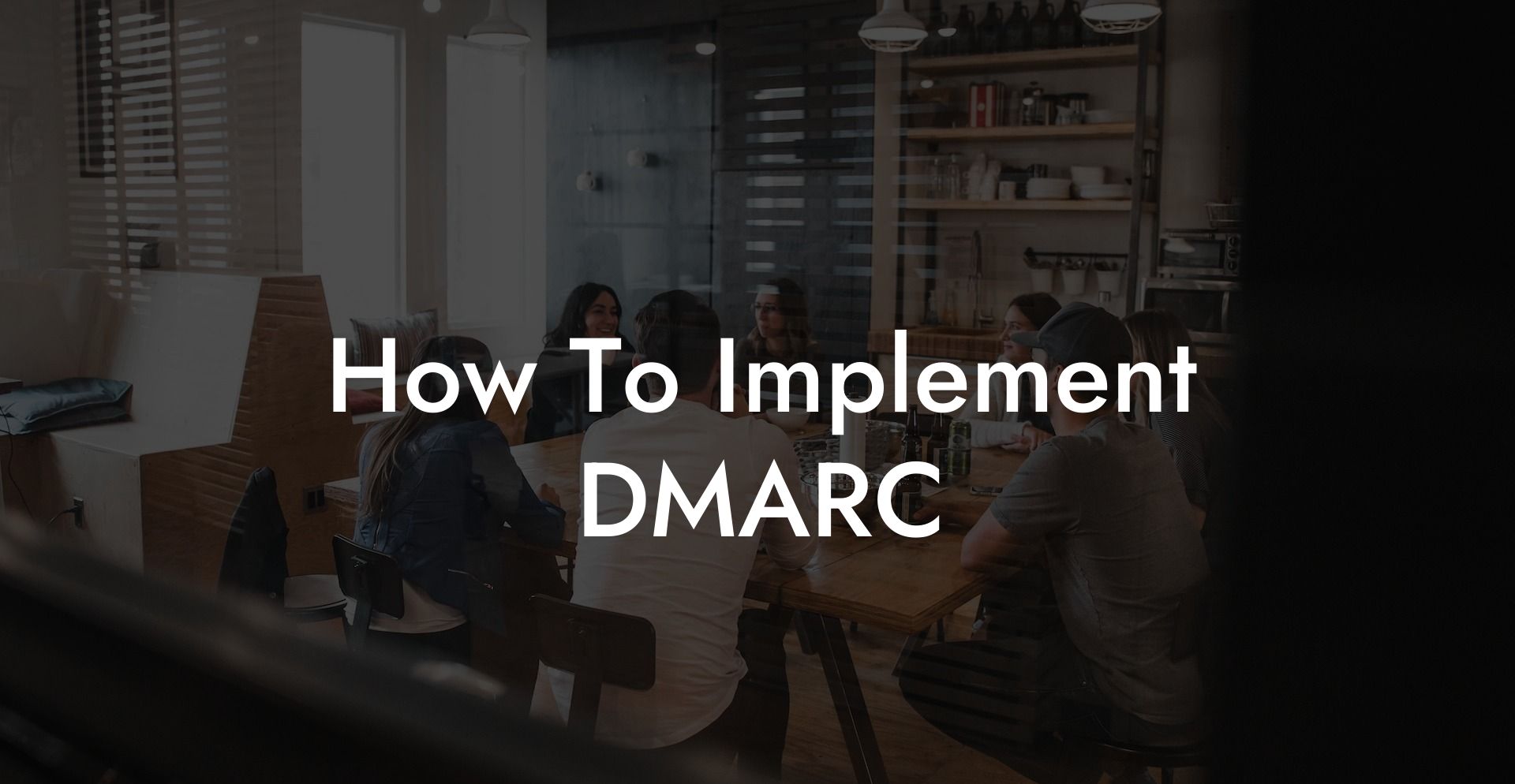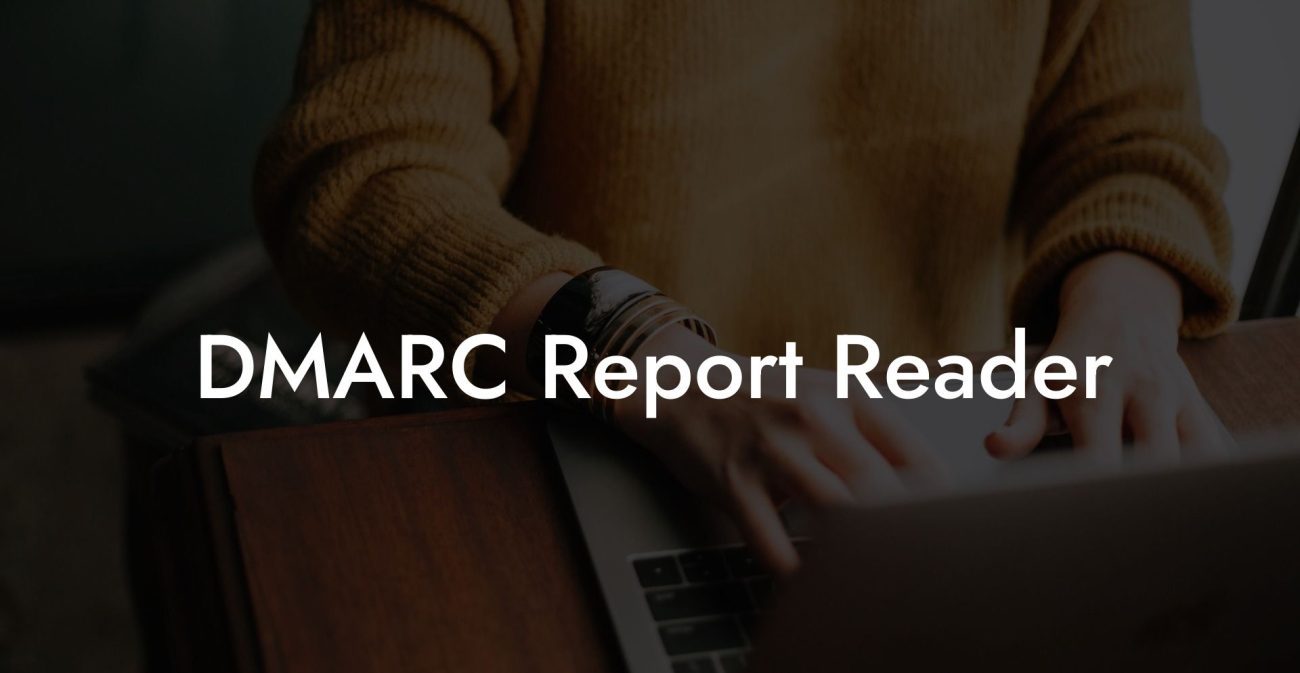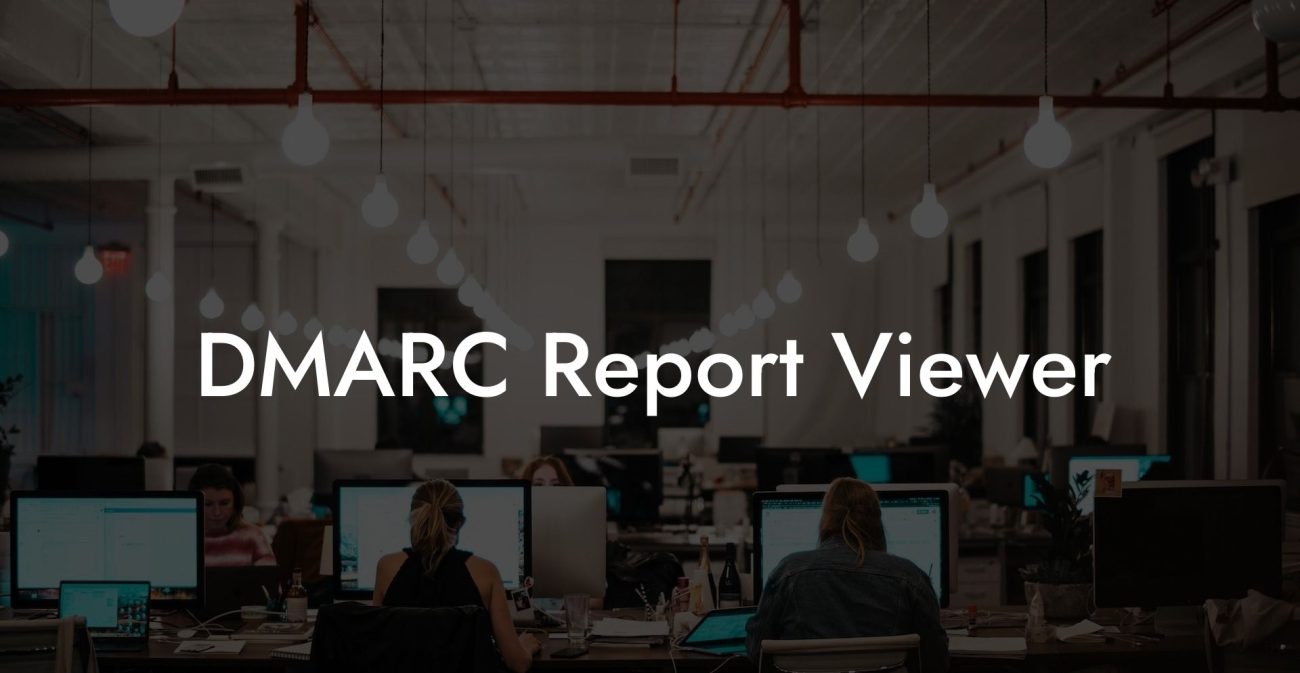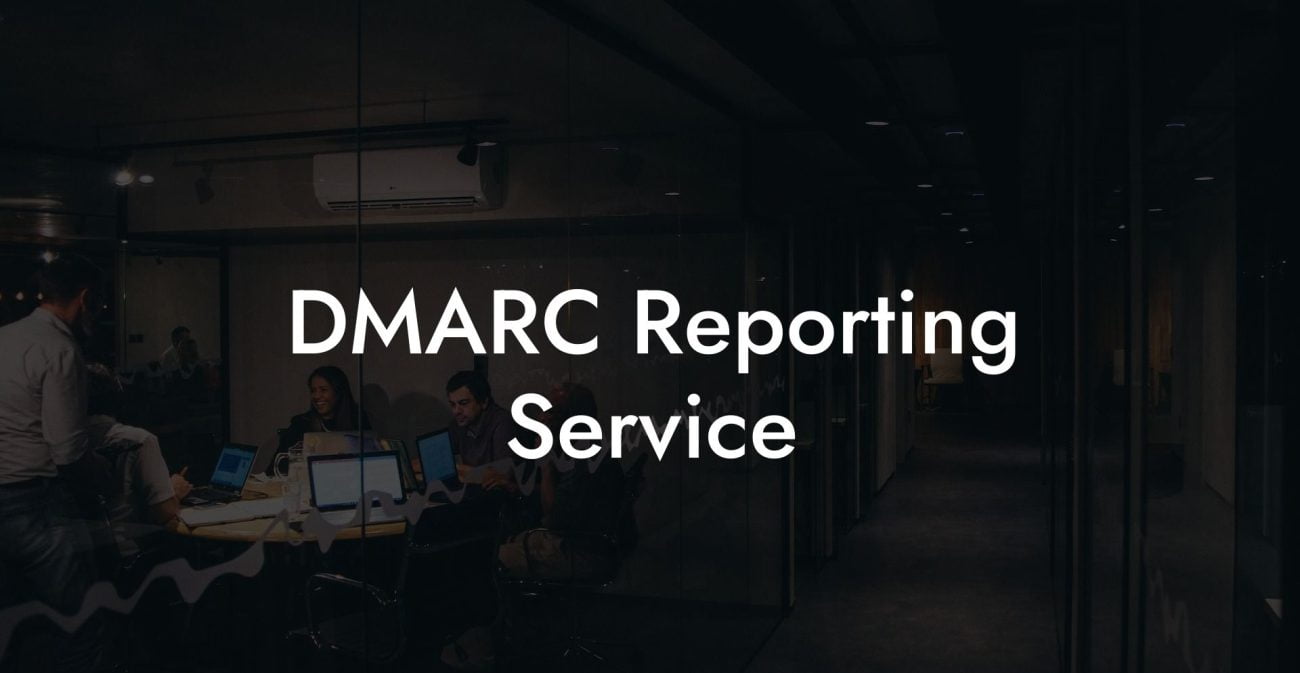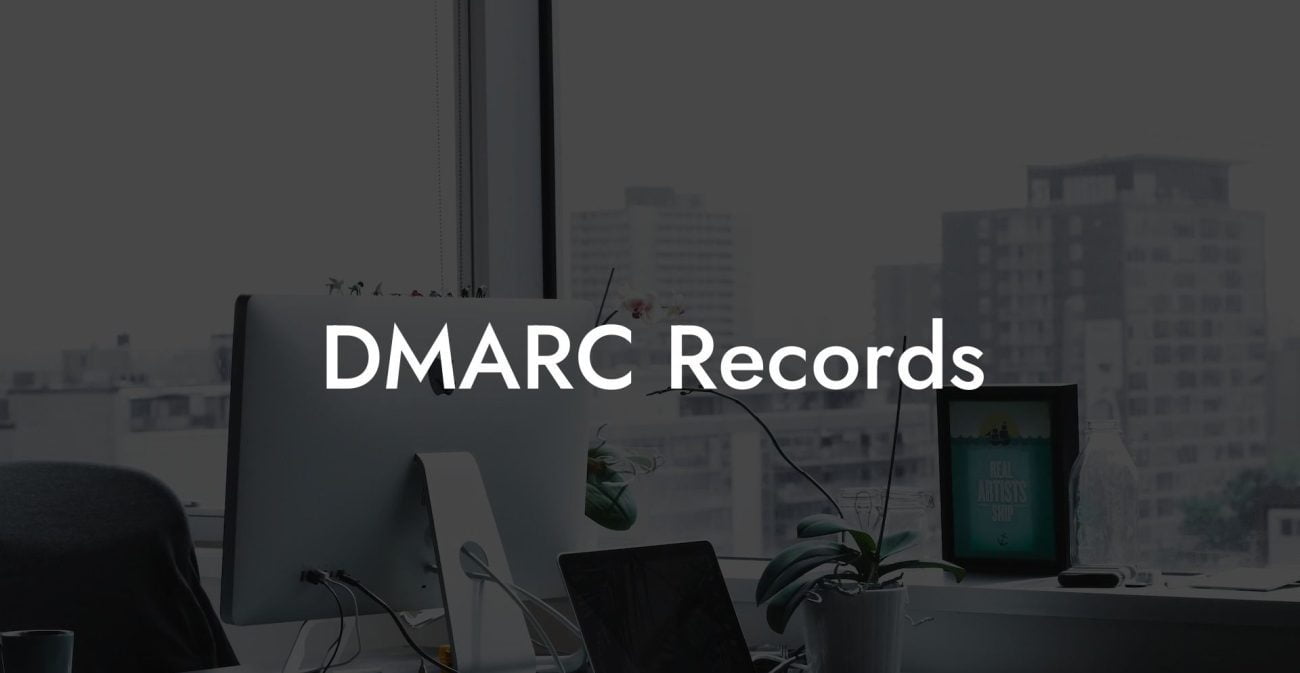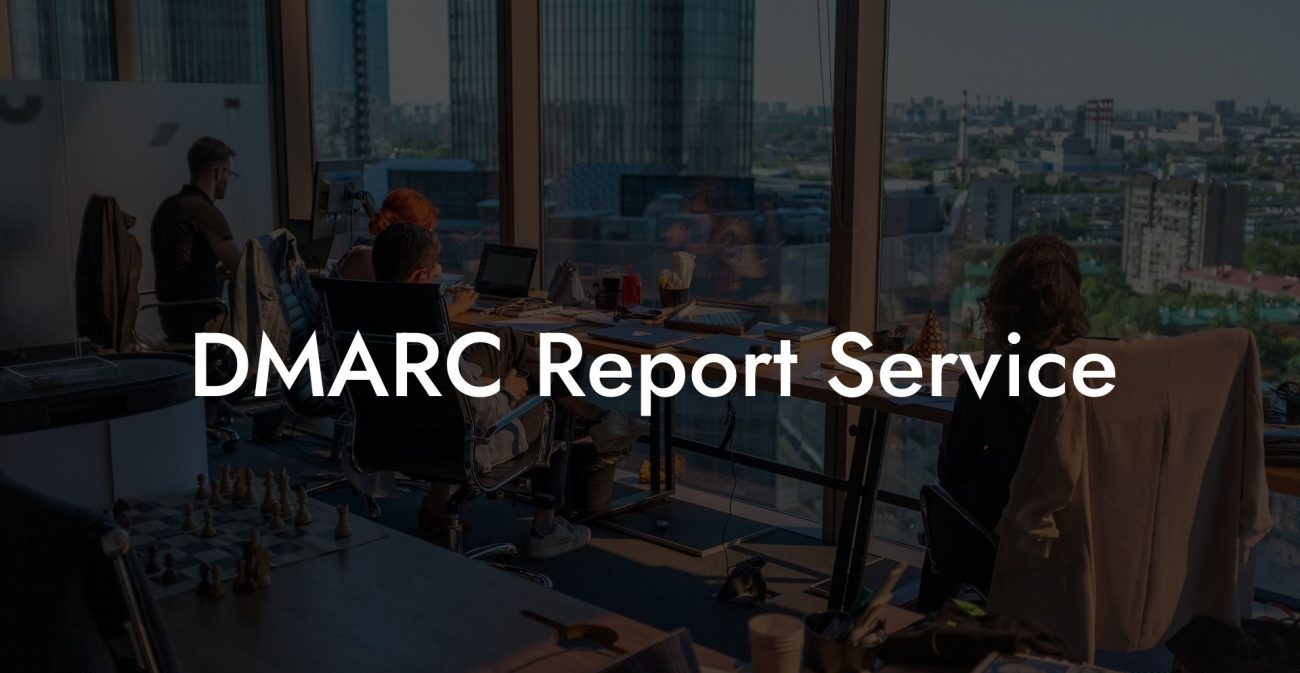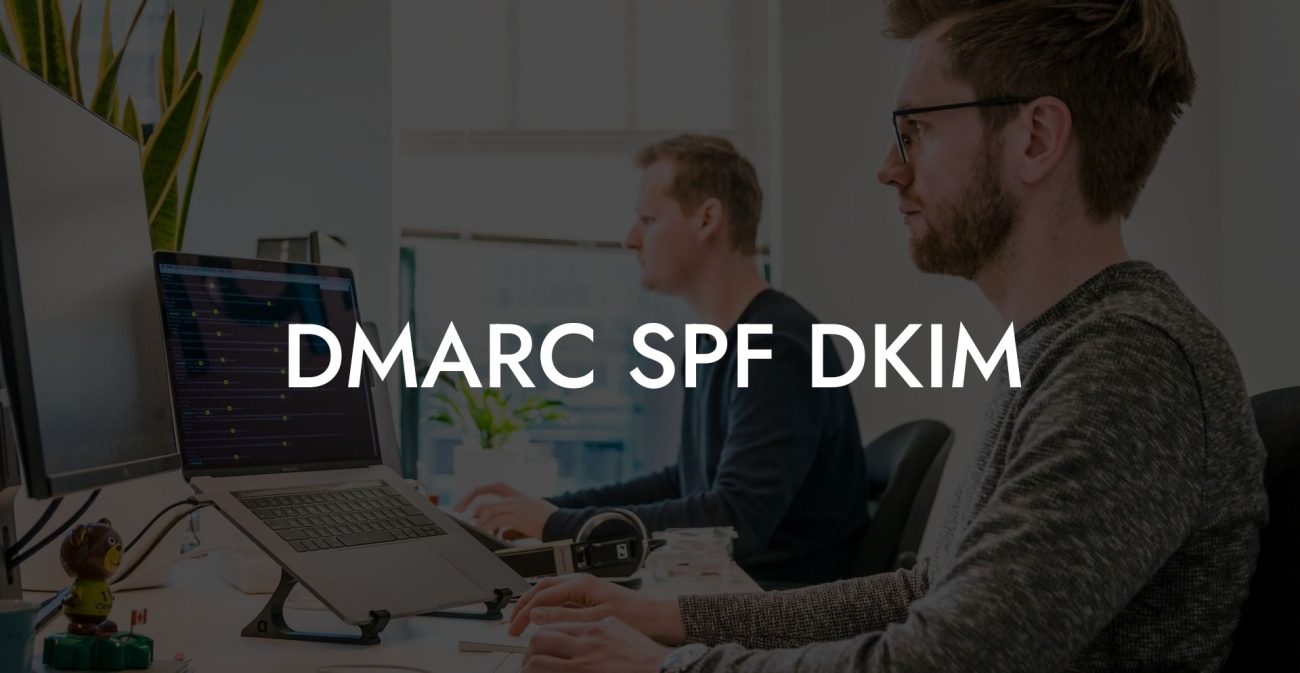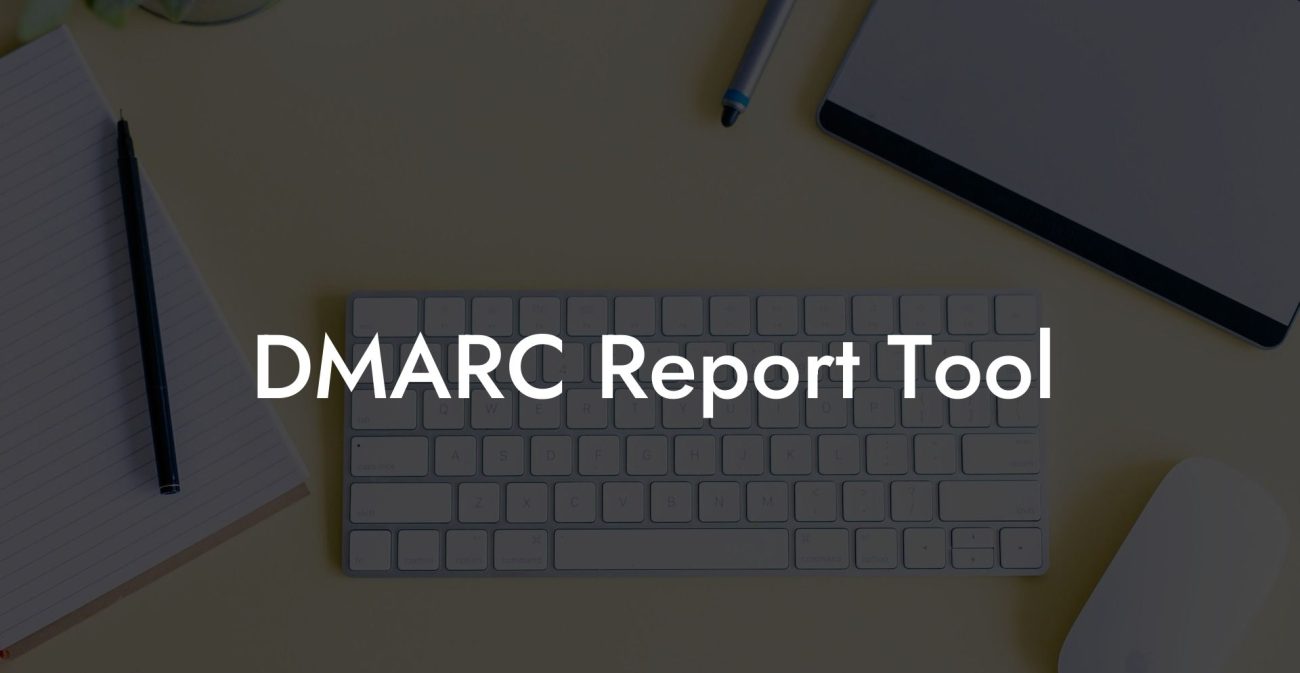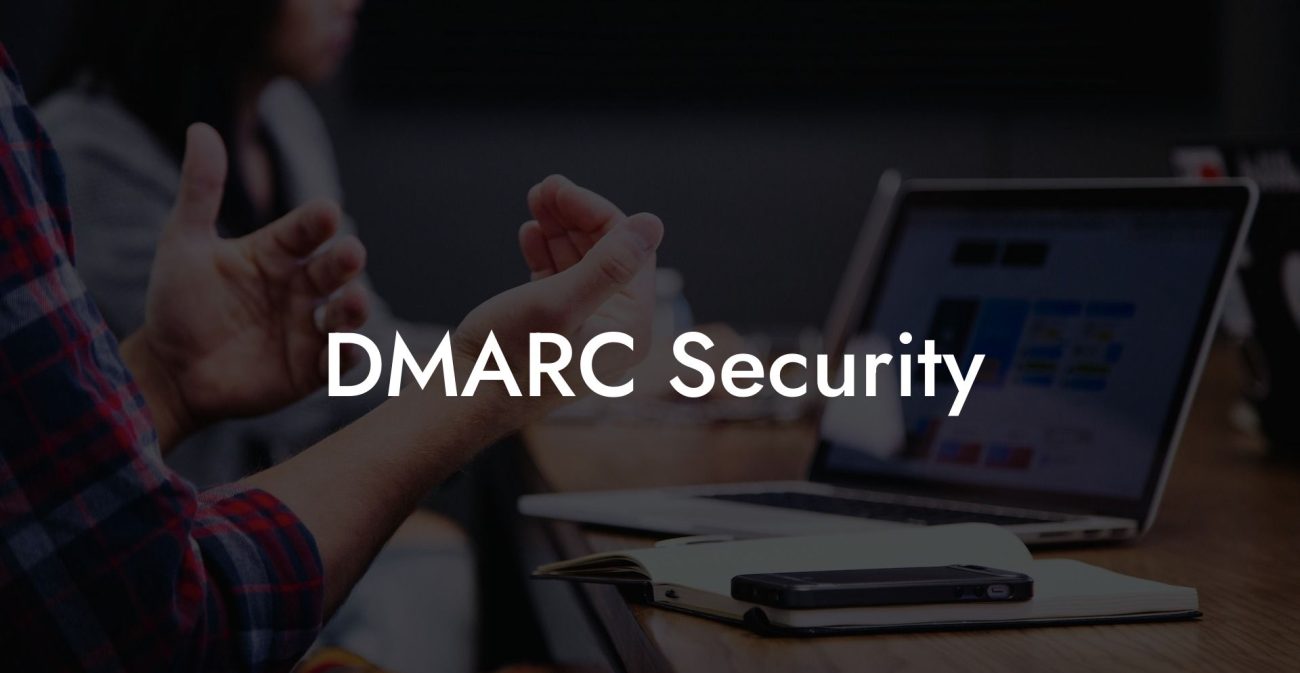In the era of increasing cyber threats, it's crucial for organizations to have a robust cybersecurity framework in place to protect their sensitive data and reputation. One such protection measure is the implementation of Domain-based Message Authentication, Reporting, and Conformance (DMARC). This vital email authentication protocol can significantly reduce the chances of cybercriminals using email spoofing and phishing attacks to compromise your organization's online security. In this guide, we'll explore what DMARC is, its benefits, and provide a step-by-step process on how to implement DMARC for your organization successfully.
Understanding DMARC
DMARC is an email validation system that helps detect and prevent email spoofing and phishing attacks. It acts as a collaboration between the Sender Policy Framework (SPF) and DomainKeys Identified Mail (DKIM) protocols, ensuring that the emails you receive are legitimate and from a trusted source.
Benefits of DMARC
- Enhanced email security: DMARC helps protect your organization from fraudulent emails and phishing attacks that could lead to data breaches and financial losses.
- Improved email deliverability: By implementing DMARC, you ensure that your legitimate emails are not being marked as spam or junk, resulting in better email deliverability for your organization.
- Brand protection: As DMARC helps authenticate the source of your emails, it plays a significant role in protecting your organization's reputation and brand image against cybercriminals who might use your domain to carry out malicious activities.
- Detailed reports: DMARC provides insightful reports that enable organizations to monitor their email security performance and make informed decisions regarding their cybersecurity strategies.
How To Implement DMARC
1. Set up SPF and DKIM
Protect Your Data Today With a Secure Password Manager. Our Top Password Managers:
Before implementing DMARC, you need to have both SPF and DKIM protocols in place. SPF enables email servers to determine if an email claiming to come from your domain is genuine by checking the sender's IP address against the allowed list of IP addresses in your DNS records. Similarly, DKIM allows the receiving email server to verify the authenticity of an email by checking the digital signature included in the email's header.
2. Create a DMARC record
A DMARC record is a simple TXT record added to your domain's DNS records, outlining your desired DMARC policy. It includes details such as the policy type (none, quarantine, or reject), the percentage of emails to apply DMARC to, and the email addresses where aggregated and failure reports should be sent. You can use online DMARC record generators to help create your DMARC record.
3. Add the DMARC record to your DNS
Once you've created your DMARC record, add it to your domain's DNS records as a TXT record. The specific process may vary depending on your domain registrar or DNS provider, but the essential step is to create a new TXT record with the name "_dmarc" and the value being your generated DMARC record.
4. Monitor and analyze DMARC reports
After implementing DMARC, you'll start receiving periodic aggregated and failure reports. Review these reports to identify potential authentication issues and monitor email traffic for any spoofing or phishing attempts. These reports can help you fine-tune your email and DMARC configurations as needed.
5. Update DMARC policy
Initially, it's recommended to set your DMARC policy to "none" while you monitor its impact on your email traffic. Once you're confident that your SPF and DKIM configurations are correct, you can update your DMARC policy to either "quarantine" or "reject" to enforce more strict email authentication and protection.
How To Implement DMARC Example:
Let's consider a hypothetical business called "example.com" implementing DMARC. Following the steps above:
- They set up SPF and DKIM protocols for their domain.
- They create a DMARC record: "v=DMARC1; p=none; rua=mailto:dmarc_reports@example.com"
- They add the DMARC record to their DNS by creating a new TXT record with the name "_dmarc.example.com" and the value of the created DMARC record.
- They monitor DMARC reports and analyze the performance of their email authentication measures.
- After ensuring the effectiveness of their email authentication, they update their DMARC policy to "quarantine" or "reject," providing more robust protection against email spoofing and phishing attacks.
In conclusion, DMARC is an invaluable tool that helps organizations bolster their email security and protect themselves against sophisticated cyberattacks. By following the steps outlined in this guide, you can effectively implement DMARC and safeguard your organization's reputation and sensitive data. If you found this guide helpful, please consider sharing it with others and exploring other resources available on Voice Phishing to learn more about cybersecurity and best practices.
Protect Your Data Today With a Secure Password Manager. Our Top Password Managers:

